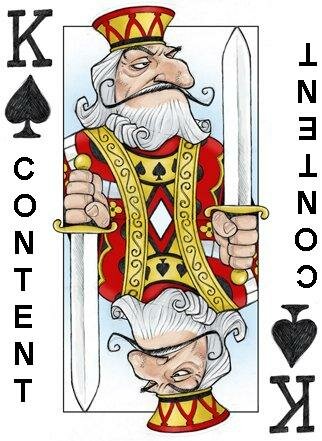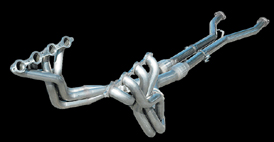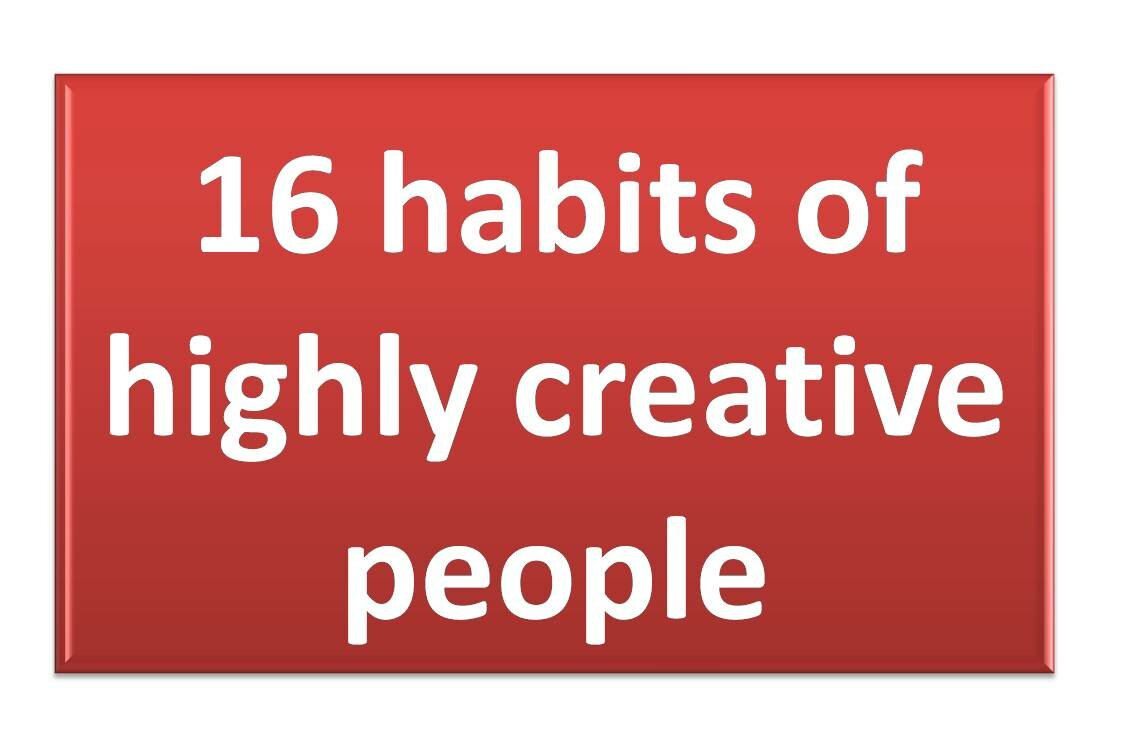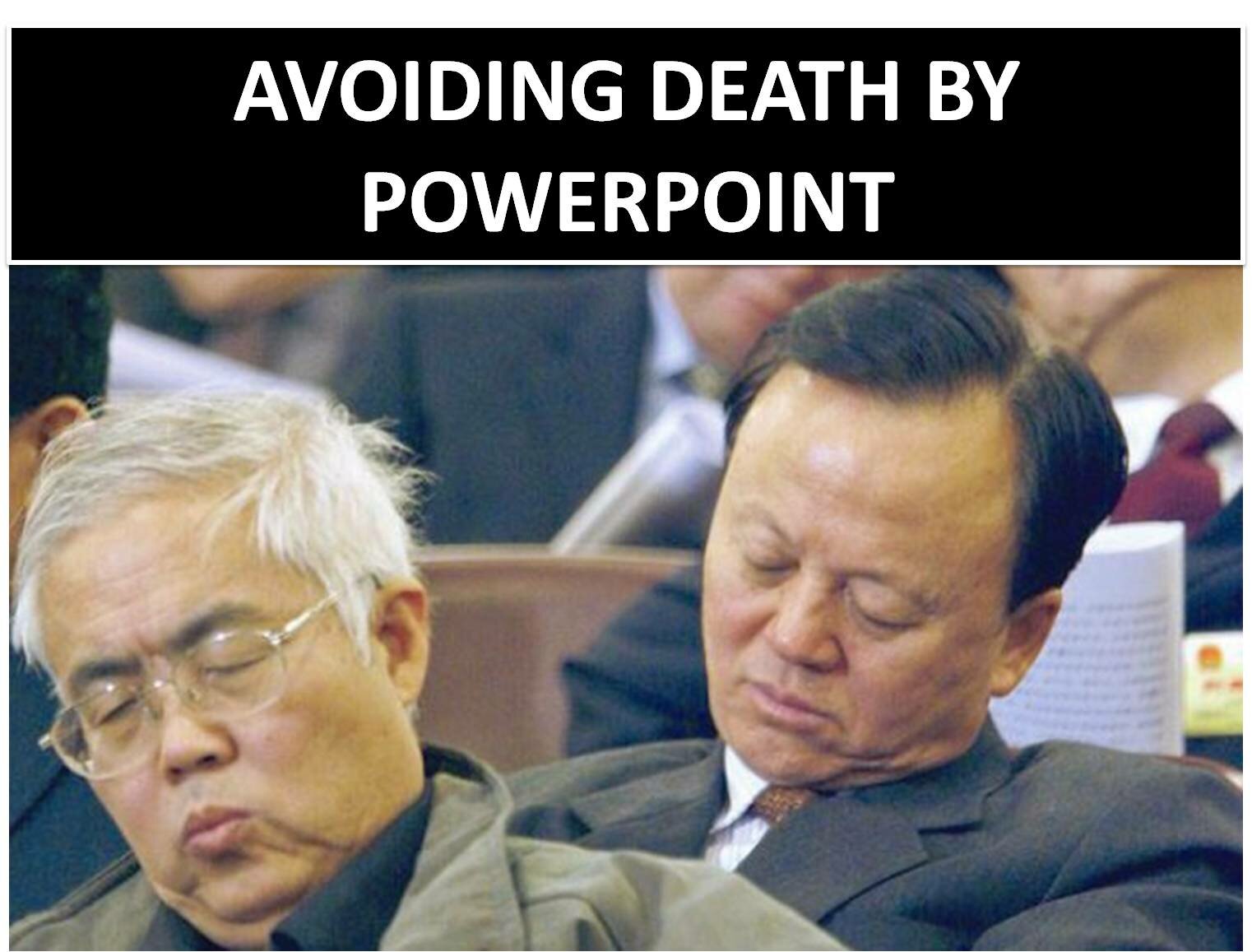You’ve Been Framed!
|
|||||||||
KR Ravi | Jan 17, 2010
 A major pharmaceutical company, in an effort to reduce costs, increased the carton size by about 15% on all dimensions, for the same quantity of medication. They thought they would save much money. The results were exactly the opposite because the product was to be kept in refrigerators and the users had only limited space in their refrigerators. The repackaged product took up more space per unit of drug, forcing the clients to order less of the drug. Rather than save money the idea in fact led to loss of income and customer dissatisfaction.
A major pharmaceutical company, in an effort to reduce costs, increased the carton size by about 15% on all dimensions, for the same quantity of medication. They thought they would save much money. The results were exactly the opposite because the product was to be kept in refrigerators and the users had only limited space in their refrigerators. The repackaged product took up more space per unit of drug, forcing the clients to order less of the drug. Rather than save money the idea in fact led to loss of income and customer dissatisfaction.
In this case the traditional manufacturing frame emphasized such things as cost reduction, profit enhancement, efficiency, etc. Issues like how customers use and store the product were in the shadows of the frame and ended in a disastrous decision.
Years of conditioning and training can lead to a freezing of frames. These frames help us to simplify the world but the danger lies in oversimplification and holding on to frames after they are no longer relevant. Albert Einstein admonished his colleagues, “Make it as simple as possible but no simpler.”
A winning decision maker has the ability to look at something through several frames. Scott Fitzgerald says, ‘The test of a first rate intelligence is the ability to hold two opposite ideas in mind at the same time and still retain the ability to function.’
The ability to frame a problem is itself a key to its solution. There is a story about a Franciscan priest and a Jesuit, both being heavy smokers. This troubled them especially since they could not resist smoking while praying to the Lord. The Franciscan decided to see the prefect and asked him, ‘Father, would it be permitted to smoke while I am praying to the Lord?’ The answer was a resounding no. The Jesuit also sought counsel but framed his question somewhat differently. ‘Father, when in moments of weakness I smoke would it be permitted to say a prayer to the lord?’ The answer ‘Yes of course my son.’
This story demonstrates the power of frame control. Decision makers have a responsibility to consciously control their frames rather than being controlled by them.  They should attempt to overcome as far as possible the inherent limitations of any single frame. An approach to becoming a better decision maker in the context of frames is to follow these three rules:
1. Notice what frames you are using
2. Evaluate whether your frame fits the problem. If not then,
3. Find yourself a better frame or build one if necessary. Help others change their frames if you are working with a group.
K.R. Ravi is South Asia’s first Dr.Edward De Bono certified public trainer in lateral thinking, and a pioneer in spreading lateral thinking in the Indian corporate sector. For more details, visit http://www.krravi.com or contact him at .
Filed Under: Miscellaneous
|
|||||||||



















An Interesting Article and equally great examples.Cost cutting should never be done without keeping the customer in mind.He is the king
Framing today has become the key to get things done.Cos it doesn matter how much u know,to sell u need to explain(frame) it better.
Enjoyed reading:-)
Frames hold the key indeed !
Frame the message not the messenger.
Frame the issue not the presentation of it.
Frame the benefit, not the feature.
Frame the interest not the position.
Reframing is another way to Redirect efforts to produce better results.
That’s very interesting Dexter!
@Dexter
Amazing,Did u frame it while reading the post:-)
Thanks Ankit, I try !